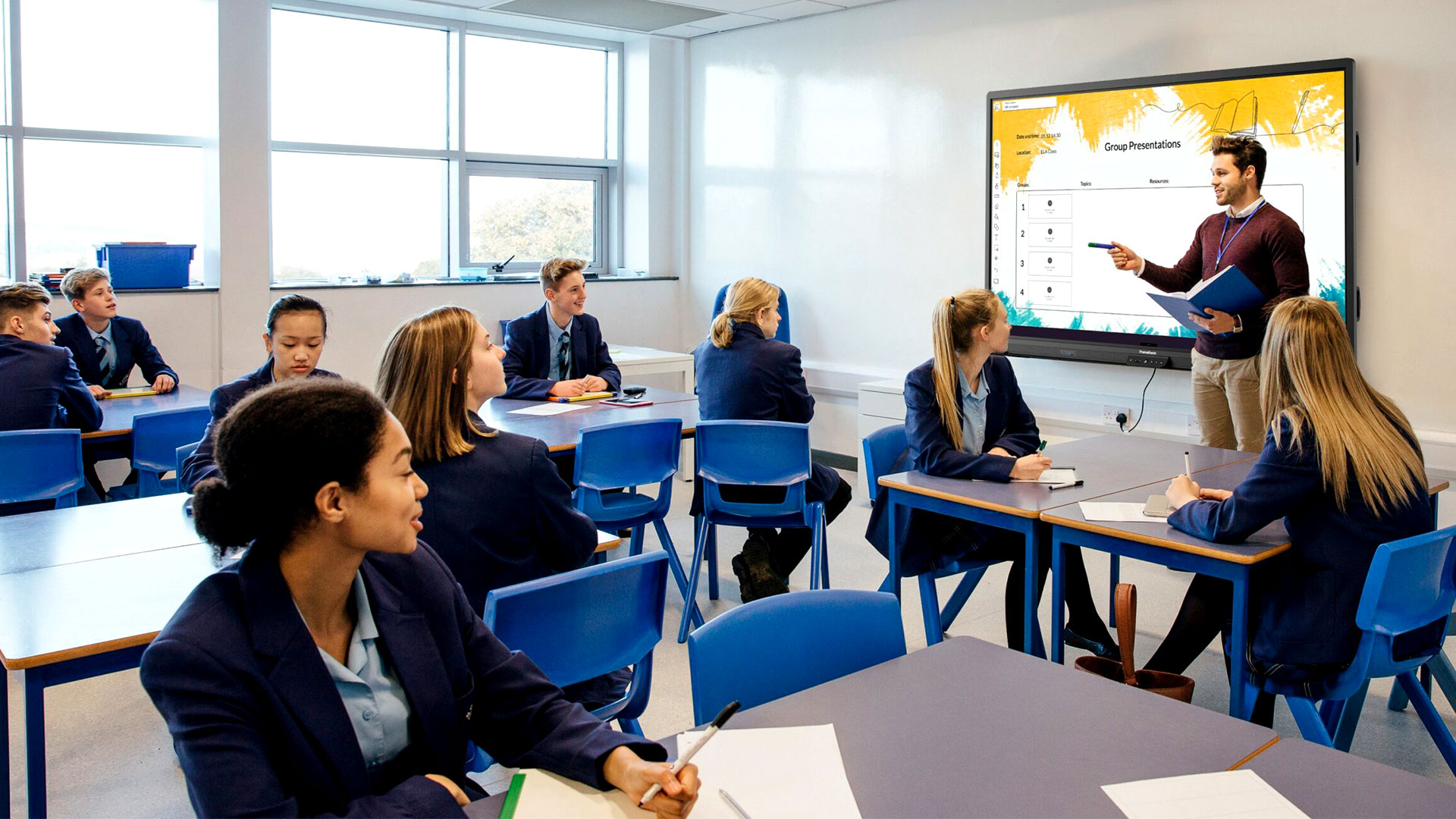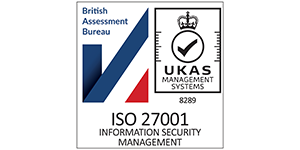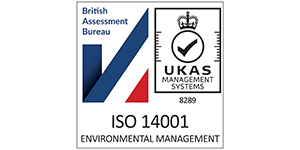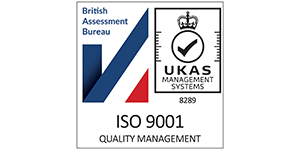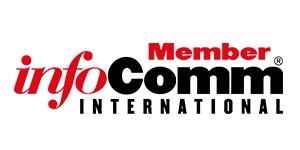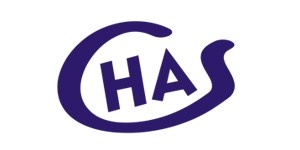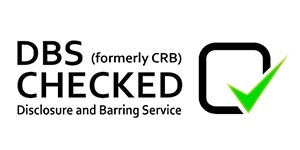This article is part of our comprehensive series on learning environments. For a broader overview of creating adaptable and engaging spaces, see our pillar page: Educational Technology Integration & Learning Environments.
Educational technology integration is the strategic implementation of digital tools, software, and hardware into teaching and learning environments. It goes beyond simply placing computers in classrooms; it involves a systematic approach to enhancing educational outcomes, streamlining administrative processes, and creating more engaging, effective learning experiences for students and educators.
For UK schools, universities, and corporate training centres, successful integration means weaving technology seamlessly into the fabric of the learning experience. It requires thorough assessment of institutional needs, strategic selection of technologies that align with pedagogical goals, and robust infrastructure planning.
What Is Educational Technology Integration?
At its core, educational technology integration represents a shift from "teaching with technology" to "empowering learning through technology." It encompasses the physical hardware (interactive displays, audio systems), the software platforms (VLEs, collaboration tools), and the pedagogical strategies (blended learning, flipped classrooms) that bind them together.
Key Features
Educational technology integration delivers several core features that transform learning environments:
Enhanced engagement: Interactive tools and multimedia content capture attention and cater to diverse learning styles, making lessons more dynamic and accessible.
Personalised learning: Adaptive platforms allow students to progress at their own pace, providing tailored content and support based on individual needs and abilities.
Improved collaboration: Cloud-based tools enable seamless group work, both in-person and remotely, breaking down barriers between physical and digital learning spaces.
Operational efficiency: Integrated systems streamline attendance, grading, and resource management, reducing administrative burden and freeing up time for teaching.
The 5 Core Components of Effective Integration
Successful integration relies on understanding established frameworks and ensuring five key components work in harmony. Each component plays a critical role in creating a cohesive, effective educational technology ecosystem.
Pedagogical Alignment (TPACK Framework)
Technology should never be an afterthought. The TPACK (Technological Pedagogical Content Knowledge) framework suggests that effective teaching happens at the intersection of three essential knowledge domains:
Content knowledge: Understanding what is being taught—the subject matter, curriculum requirements, and learning objectives that form the foundation of instruction.
Pedagogical knowledge: Understanding how teaching and learning occur—the methods, strategies, and approaches that facilitate effective instruction and student understanding.
Technological knowledge: Understanding the tools available—the hardware, software, and digital resources that can enhance teaching and learning experiences.
Integration succeeds when technology is chosen specifically to support the content and the teaching method, rather than dictating them. This alignment ensures that technology enhances rather than disrupts the learning process.
Maturity Models (SAMR)
The SAMR model helps educators evaluate how technology impacts their practice, providing a framework for understanding the depth of technology integration:
Substitution: Technology acts as a direct tool substitute with no functional change. For example, students type notes instead of writing them by hand, but the task remains essentially the same.
Augmentation: Technology acts as a direct substitute with functional improvement. A spell-checker enhances the writing process, providing immediate feedback and correction capabilities.
Modification: Technology allows for significant task redesign. Real-time collaborative document editing transforms how students work together, enabling simultaneous contributions and instant feedback.
Redefinition: Technology allows for the creation of new tasks, previously inconceivable. Connecting classrooms globally for joint projects creates entirely new learning opportunities that were impossible before digital connectivity.
Moving through these levels represents increasing sophistication in technology integration, with redefinition representing the ultimate goal of transformative educational technology use.
Infrastructure and Connectivity
Robust Wi-Fi, network security, and power accessibility form the invisible backbone of integration. Without reliable infrastructure, even the most advanced AV systems will fail to deliver value.
This component encompasses network capacity, security protocols, device management systems, and physical infrastructure such as power outlets and cable management. A comprehensive infrastructure audit should precede any major technology deployment to identify gaps and ensure adequate support for planned systems.
Professional Development
Providing teachers with equipment without training is a recipe for low adoption. Continuous professional development (CPD) ensures staff feel confident and competent using new tools, transforming technology from a barrier into an enabler.
Effective professional development goes beyond basic training sessions. It includes ongoing support, peer learning opportunities, access to resources and tutorials, and recognition of innovative technology use. This investment in human capital is as critical as the investment in hardware and software.
Assessment and Evaluation
Regularly measuring the impact of technology on learning outcomes and operational efficiency ensures that investments deliver a tangible Return on Investment (ROI). This component involves establishing baseline metrics, implementing data collection systems, and conducting regular reviews to inform future technology decisions.
Assessment should measure both quantitative outcomes (usage statistics, test scores, efficiency gains) and qualitative factors (user satisfaction, teaching confidence, student engagement). This comprehensive evaluation approach provides a complete picture of technology integration success.
Step-by-Step Implementation Framework
Implementing educational technology is a complex process. Follow this roadmap to ensure a smooth transition from planning to full deployment.
Step 1: Needs Assessment and Goal Setting
Identify specific pain points (e.g., "students are disengaged during lectures") and define clear objectives. Consult with stakeholders, including IT staff, teachers, and estates teams. This foundational step ensures your technology investment addresses real challenges and aligns with institutional priorities.
Step 2: Technology Audit
Evaluate current assets systematically. What is working? What is obsolete? Determine if your existing network can support new devices and identify any infrastructure gaps that need addressing before implementation begins.
Step 3: Solution Selection
Research tools that address your defined needs. Prioritise compatibility, scalability, and ease of use. Consider how new technologies will integrate with existing systems. See our Equipment Matrix below for guidance on selecting the right tools for different room types.
Step 4: Pilot Programme
Roll out the new technology in a few pilot classrooms or departments. Gather feedback from teachers and students, troubleshoot issues, and refine your approach before a wider launch. This controlled testing phase minimises risk and builds confidence among staff.
Step 5: Full Deployment and Training
Install equipment across your target areas and conduct comprehensive training sessions. Ensure "champion" users are available to support their peers, creating a support network that extends beyond formal training sessions.
Step 6: Review and Optimise
Collect data on usage and outcomes regularly. Monitor key metrics such as adoption rates, technical reliability, and user satisfaction. Adjust your strategy based on evidence to maximise impact and ensure continued value from your investment.
For schools following UK Department for Education (DfE) standards, ensure all digital infrastructure meets current broadband and cyber security guidelines throughout each phase of implementation.
Common Challenges and Practical Solutions
Even with a plan, hurdles can arise. Here is how to overcome them.
Technology Selection and Equipment Matrix
Choosing the right tools is critical. Use this matrix as a starting point for your selection process.
| Room Type | Essential Technology | Recommended Add-ons | Primary Use Case |
|---|---|---|---|
| :--- | :--- | :--- | :--- |
| **Standard Classroom** | Interactive Flat Panel (IFP), Teacher PC, Document Camera | Wireless Casting, Soundbar | Interactive lessons, collaborative work |
| **Lecture Theatre** | Large Projection/Video Wall, PA System, PTZ Cameras | Lecture Capture System, Confidence Monitors | One-to-many presentation, hybrid delivery |
| **Huddle Space** | Small Interactive Display, Video Bar (Cam/Mic/Speaker) | BYOD Connectivity, Room Booking Panel | Small group collaboration, study sessions |
| **Computer Lab** | High-spec Workstations, Central Control Software | 3D Printers, VR Headsets | Specialised technical training, STEM projects |
| **Staff Meeting Room** | [Microsoft Teams Rooms](/solutions/microsoft-teams-rooms/) System, High-quality Audio | Wireless Presentation Gateway | Administrative meetings, remote collaboration |
Teacher Training and Professional Development
Training is not a one-time event. Effective professional development should be:
Measuring Success and ROI
To justify future investment, you must demonstrate value. Metrics to track include: * **Usage Statistics:** How often are interactive screens or software platforms being used? * **Technical Reliability:** Track helpdesk tickets to identify recurring hardware issues. * **Learning Outcomes:** Correlation between technology usage and student attainment or engagement metrics. * **User Satisfaction:** Regular surveys of staff and students to gauge sentiment and identify gaps.
Frequently Asked Questions
Q.What is the difference between educational technology and technology integration?
Educational technology refers to the tools themselves (hardware and software). Technology integration is the *process* and *strategy* of effectively using those tools to enhance learning and achieve curriculum goals.
Q.How long does it take to fully integrate technology in a school?
Full integration is an ongoing journey, but a typical project lifecycle—from planning to full adoption—can take 12 to 24 months depending on the scale. It involves infrastructure upgrades, procurement, installation, and crucially, cultural change through training.
Q.What budget is needed for classroom technology?
Budgets vary widely based on scope. A standard interactive classroom setup might range from £2,000 to £5,000 per room, while a complex lecture theatre could exceed £50,000. It is vital to factor in not just the initial purchase price, but the Total Cost of Ownership (TCO), including licences, maintenance, and training.
Design Your Modern Classroom
Use our interactive configurator to build your ideal classroom setup in minutes. Pick screen, mounting, audio and control—see live costs and installation options tailored to your educational space.
